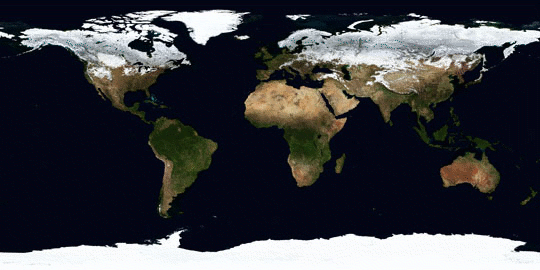Animation showing monthly changes on the Earth's surface over a complete year.
Click on image for full size
NASA's Earth Observatory
North and South: Opposite Seasons
NASA's Earth Observatory has recently started making images of the entire
surface of the Earth every month. There are no clouds in the images because
they combine many pictures taken at different times when the weather is
clear in different places. The polar ice caps look larger than they really
are because of how the globe was projected onto a rectangle.
The animation begins in January, when it is winter in the North and summer
in the South. As the months go by, you can see the ice and snow melt in
the North and then return the following winter.
There is not as much land far in the South, so the change in the snow is
less obvious. But you can see the land in the South grow more green in the
summer (when it is winter in the North) and more brown in the winter (when
it is summer in the North).
For the first time, you can see with your own eyes how the seasons are
opposite in the North and South.
You might also be interested in:

The Earth travels around the sun one full time per year. During this year, the seasons change depending on the amount of sunlight reaching the surface and the Earth's tilt as it revolves around the sun.
...more
Let's get rid of some common misconceptions about the seasons. The Earth's orbit is in the shape of an ellipse, so that sometimes the Earth is a little bit closer to the Sun than at other times. Is this
...more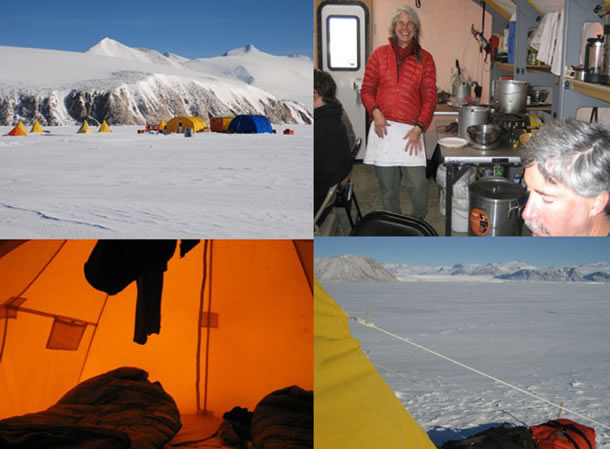
Organizing a science camp for a field party of twelve people to conduct research for six weeks in Antarctica seems like an insurmountable task. And yet, here we are. It took much planning and hard work
...more
Remember me? Last month I was observing targets of the Kepler space mission at Teide Observatory on Tenerife. Now I am in Chile to observe targets of the CoRoT space mission. CoRoT is a satellite devoted
...more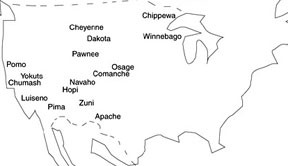
By 30,000 B.C,. Asian hunter-gatherers had crossed the Bering Strait into North America. These people were the first to inhabit this new land and so they are known as the Native Americans of North America.
...more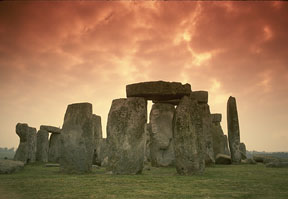
"The movements of the heavenly bodies are an admirable thing, well known and manifest to all peoples. There are no people, no matter how barbaric and primitive, that do not raise up their eyes, take note,
...more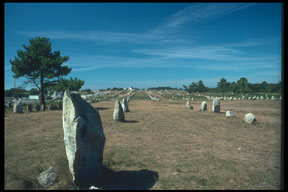
The stones of Carnac, France, are probably the most famous stones markings outside of those found at Stonehenge in England. Where Stonehenge is composed of standing stones, the Carnac area has many different
...more


